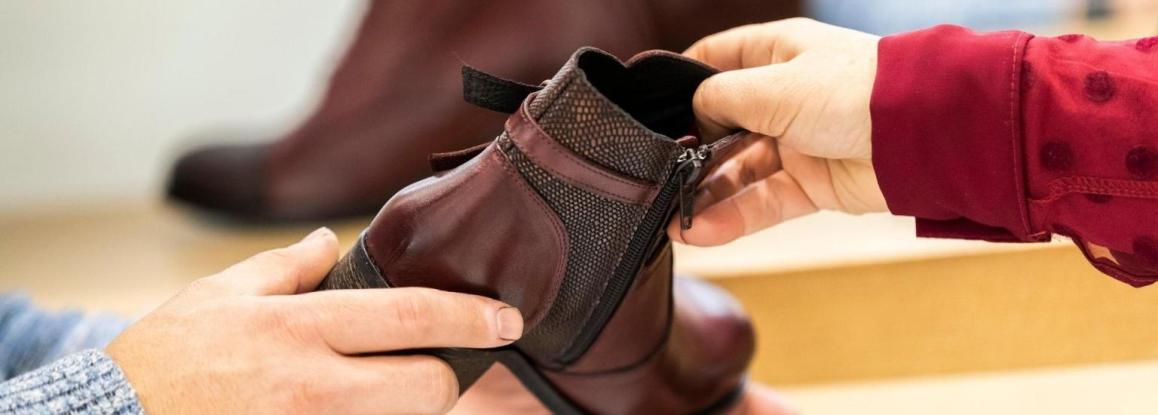The changes brought by the Coronavirus tsunami have redrawn the trade map: distancing has become the norm and everyone has been forced to review spaces and shopping habits.
Such an experience has also radically changed the expectations in the queue outside the stores, an integral part of the consumer's purchasing process but, at the same time, an opportunity for the retailer who - thanks to new technologies and creative strategies - can entertain, educate, inspire and connect with the customer. As stores around the world gradually reopen, retailers already have a new goal: to convince consumers to leave their homes and return to the stores, offering them a safe experience.
With interpersonal distancing measures still in place in most countries, the in-store experience will still be very different for some time to come, but it is already certain that nowadays the outside world has taken on a much more important role than it had in the past. While queues were a kind of status symbol for brands during popular launches or rebates, during the pandemic they became a sore point, with outdoor staff busy communicating guidelines to customers, and applying all the precautions required by regulations.
Now more than ever, it's important that waiting in a queue doesn't become a boring experience, but an engaging new touchpoint in the consumer's journey and a new key part of the overall shopping experience. A range of strategies and new technologies are a strong ally for retailers who, using the external store experience, guide visitors with clarity and focus. Apps, step management systems and new processes that allow people to make appointments or plan their visits more effectively in advance: they are all designed to make travel smoother and faster, as well as relieving stress or fears in the crowd. Retailers can also benefit from eye-catching graphic signs on the floor or lightweight installations that can work as fun queue management devices.
It's important to use the opportunity of the outdoor space to keep visitors informed and up to date about what's going on inside: a process that involves redesigning storefronts, windows, entrances and exits, which must increasingly aim toward a connection with customers, with anticipations that can arouse their interest and create a sense of excitement. The outdoor space can tell a deeper story, which is that of the brand, but also underline the ecological aspect, the key to a future in which customers will most likely be more selective about the shops to visit.
London's Selfridges chain offers street entertainment, with live DJs and music, to spread joy as people wait in line, while ambassadors of 'social distance' on Oxford Street distribute free masks. Rejecting the shift to optimistic store design, the American chain Trader Joe's has devised a game with post-its outside their locations, where it is also possible to install testers and distribute gadgets, as well as positioning sanitation stations.
In view of the forecast of a warmer-than-average summer in much of the northern hemisphere, providing shade and seating for those waiting in the heat is a thoughtful gesture that increases service appreciation. Another aspect that should not be overlooked is the necessary priority of some special groups, from the elderly to disabled shoppers, to people shopping with children. In short, the in-store experience must necessarily come out of the closed walls with a breath of freshness and novelty, to convince consumers that it is really worth the wait.


